The Role and Impact of Bollards
Date Posted:17 May 2024
Bollards are indispensable elements in the urban fabric, playing a vital role in managing traffic, enhancing safety, and promoting the vitality of public spaces.
In the dynamic landscapes of cities worldwide, bollards stand as silent yet stalwart sentinels, fulfilling a multitude of roles that are integral to urban design, safety, and security. These unassuming posts, often overlooked, play a crucial role in managing traffic, delineating spaces, and safeguarding pedestrians and infrastructure from vehicular threats. In this article, we explore the functionality, design variations, and the essential role that bollards play in shaping the urban environment.
.png)
Functionality and Design:
Bollards are short, sturdy posts typically made of materials such as steel, concrete, or plastic. They are anchored firmly into the ground to create a physical barrier or boundary, serving various purposes depending on their location and intended use. Bollards come in a range of designs and configurations, including fixed, removable, and retractable models, each tailored to meet specific requirements for traffic management, security, or aesthetic considerations.
Managing Traffic and Pedestrian Safety:
A primary function of bollards is to manage traffic flow and enhance pedestrian safety in urban areas. Placed strategically along sidewalks, pedestrian plazas, and crosswalks, bollards deter vehicles from encroaching on pedestrian spaces and provide a visual cue to drivers to exercise caution. Additionally, bollards create dedicated lanes for bicycles, buses, and pedestrians, contributing to improved traffic flow and safety.
Enhancing Security and Counterterrorism Measures:
Bollards play a vital role in enhancing security measures in public spaces and critical infrastructure. They are often installed around government buildings, embassies, airports, and other high-profile locations to deter unauthorized vehicles from accessing sensitive areas and mitigate the risk of terrorist attacks. High-security bollards, such as crash-rated or anti-ram bollards, are designed to withstand impact from vehicles traveling at high speeds, providing an additional layer of protection against hostile threats.
Aesthetic Considerations and Urban Design:
While primarily functional, bollards also contribute to the aesthetic appeal and urban design of public spaces. Designers can choose from a variety of bollard styles, finishes, and materials to complement the architectural character and visual identity of their surroundings. Decorative bollards featuring ornate designs, artistic motifs, or custom branding elements serve as focal points or landmarks within urban landscapes, enhancing the overall ambiance and identity of a place.
Environmental Considerations and Sustainability:
As cities strive to become more sustainable, bollards play a role in promoting eco-friendly transportation and urban design practices. They can be integrated into streetscape designs that prioritize pedestrian and cyclist-friendly infrastructure, such as protected bike lanes and traffic-calmed streets. Additionally, bollards made from recycled materials contribute to reducing the carbon footprint of urban projects and support efforts to create greener, more resilient cities.
Bollards are indispensable elements in the urban fabric, playing a vital role in managing traffic, enhancing safety, and promoting the vitality of public spaces. Through their functionality, versatility, and aesthetic considerations, bollards contribute to creating vibrant, inclusive, and secure urban environments where people can live, work, and thrive. As cities continue to evolve and adapt to changing needs and challenges, the role of bollards as guardians of safety and security will remain indispensable in shaping the future of urban landscapes.



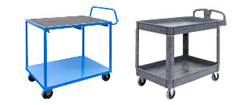

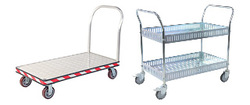
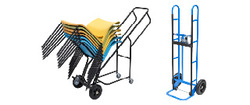


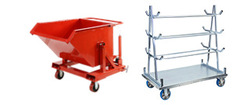
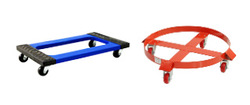
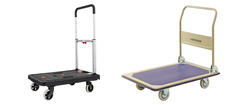


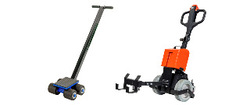

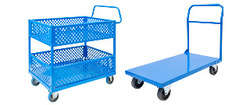


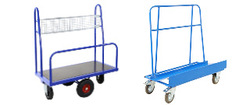
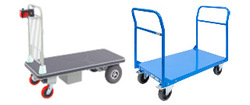
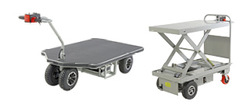
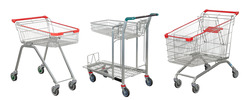

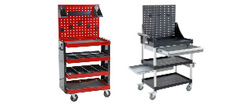

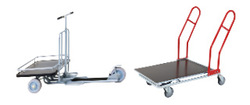




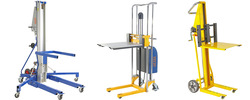



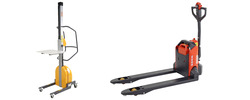
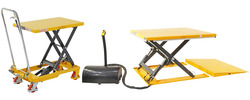
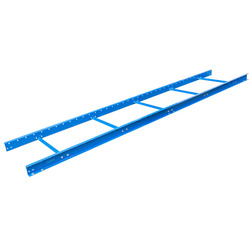
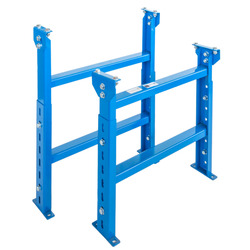
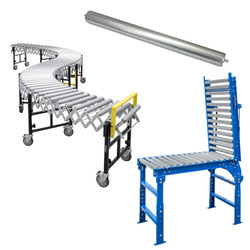
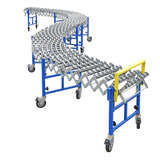


















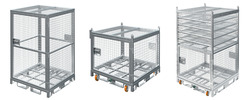

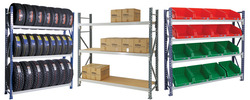
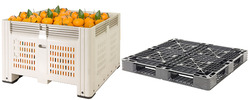
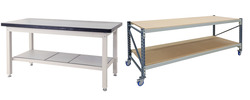
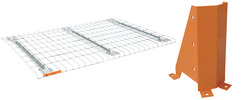


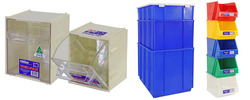

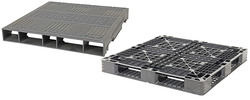

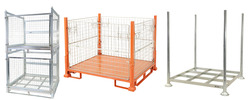
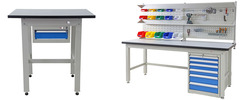
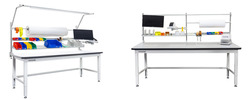

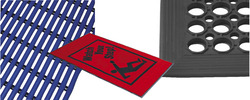




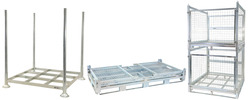















 Trolleys / Hand Trucks
Trolleys / Hand Trucks 2 Tier Trolleys
2 Tier Trolleys 3 Tier Trolleys
3 Tier Trolleys Aluminium Trolleys
Aluminium Trolleys Appliance & Hand Trucks
Appliance & Hand Trucks Cage Trolleys
Cage Trolleys Cleaning Carts & Trolleys
Cleaning Carts & Trolleys Construction Trolleys
Construction Trolleys Dollies
Dollies Foldable Trolleys
Foldable Trolleys Hospital Trolleys
Hospital Trolleys Laundry/Linen Trolleys
Laundry/Linen Trolleys Load Skates & Tow Tugs
Load Skates & Tow Tugs Mail / Office Trolleys
Mail / Office Trolleys Multi Purpose Trolleys
Multi Purpose Trolleys Multi-Tier Shelf Trolleys
Multi-Tier Shelf Trolleys Order Picking Trolleys
Order Picking Trolleys Panel Cart Trolleys
Panel Cart Trolleys Platform Trolleys
Platform Trolleys Powered Trolleys
Powered Trolleys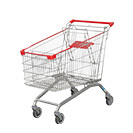 Shopping Trolleys
Shopping Trolleys Stainless Steel Trolleys
Stainless Steel Trolleys Tool Trolleys
Tool Trolleys Utility Carts
Utility Carts Warehouse Trolleys
Warehouse Trolleys Custom Trolleys
Custom Trolleys Lifting Equipment
Lifting Equipment Forklift Attachments
Forklift Attachments Jib Attachments
Jib Attachments Lifting Hoists & Pallet Hooks
Lifting Hoists & Pallet Hooks Manual Stackers & Lifters
Manual Stackers & Lifters Pallet Jacks
Pallet Jacks Pallet Lifters
Pallet Lifters Pallet Rotators & Dispenser
Pallet Rotators & Dispenser Powered Pallet Trucks & Electric Lifters
Powered Pallet Trucks & Electric Lifters Scissor Lift Trolleys and Tables
Scissor Lift Trolleys and Tables Conveyor Equipment
Conveyor Equipment Conveyor Frames
Conveyor Frames Conveyor Stands
Conveyor Stands Roller Conveyors
Roller Conveyors Skate Wheel Conveyors
Skate Wheel Conveyors Access Equipment
Access Equipment Container & Yard Ramps
Container & Yard Ramps Step Stools & Ladders
Step Stools & Ladders Work Platforms & Crane Cages
Work Platforms & Crane Cages Drum Handling
Drum Handling Drum Storage & Bunding
Drum Storage & Bunding Drum Trolleys & Lifters
Drum Trolleys & Lifters Forklift Drum Handling
Forklift Drum Handling Containment & Spillage
Containment & Spillage Aerosol Cans Storage Cages
Aerosol Cans Storage Cages Bunded Pallets & Storage
Bunded Pallets & Storage Corrosive Goods Storage Cabinets
Corrosive Goods Storage Cabinets Flammable Liquid Cabinets
Flammable Liquid Cabinets Forklift Gas Storage Cages
Forklift Gas Storage Cages Gas Cylinder Storage
Gas Cylinder Storage Site Storage
Site Storage Spill Kits
Spill Kits Stillage Cages
Stillage Cages Waste Handling
Waste Handling Bin Lifters & Tippers
Bin Lifters & Tippers Plastic Waste Bins and Carts
Plastic Waste Bins and Carts Steel Waste and Tipping Bins
Steel Waste and Tipping Bins Storage Equipment
Storage Equipment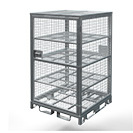 750 Series Cage Configurations
750 Series Cage Configurations Heavy Duty Cabinets & Benches
Heavy Duty Cabinets & Benches Heavy Duty Shelving
Heavy Duty Shelving Mega Bins & Pallets
Mega Bins & Pallets Packing Benches
Packing Benches Pallet Racking Accessories
Pallet Racking Accessories Parts Trays & Stor-Pak Bins
Parts Trays & Stor-Pak Bins Pegboard & Louvre Panels
Pegboard & Louvre Panels Plastic Bins
Plastic Bins Plastic Handling Solutions Bins
Plastic Handling Solutions Bins Plastic Pallets
Plastic Pallets Stack & Nest Bins
Stack & Nest Bins Storage Cages
Storage Cages Workplace Equipment
Workplace Equipment Workbenches
Workbenches Modular Workbenches
Modular Workbenches Electric Height-Adjustable Workbenches
Electric Height-Adjustable Workbenches Floor Matting
Floor Matting Industrial Weighing Scales
Industrial Weighing Scales Pallet Wrapping & Packaging Machinery
Pallet Wrapping & Packaging Machinery Ramps
Ramps Stationery Cupboards
Stationery Cupboards Storage and Stillage Cages
Storage and Stillage Cages Tool Trolleys
Tool Trolleys Tooling Cabinets
Tooling Cabinets Wheelie Bins
Wheelie Bins Workshop Equipment
Workshop Equipment Safety Equipment
Safety Equipment Gloves and PPE
Gloves and PPE Pallet Rack Post Protectors
Pallet Rack Post Protectors Safety Barriers & Bollards
Safety Barriers & Bollards Safety Knives & Cutters
Safety Knives & Cutters Signs and Traffic Supplies
Signs and Traffic Supplies Tool & First Aid Boxes
Tool & First Aid Boxes Construction Equipment
Construction Equipment Concrete Equipment
Concrete Equipment General Site Equipment
General Site Equipment Lifting Equipment
Lifting Equipment Site Storage
Site Storage Waste
Waste 










